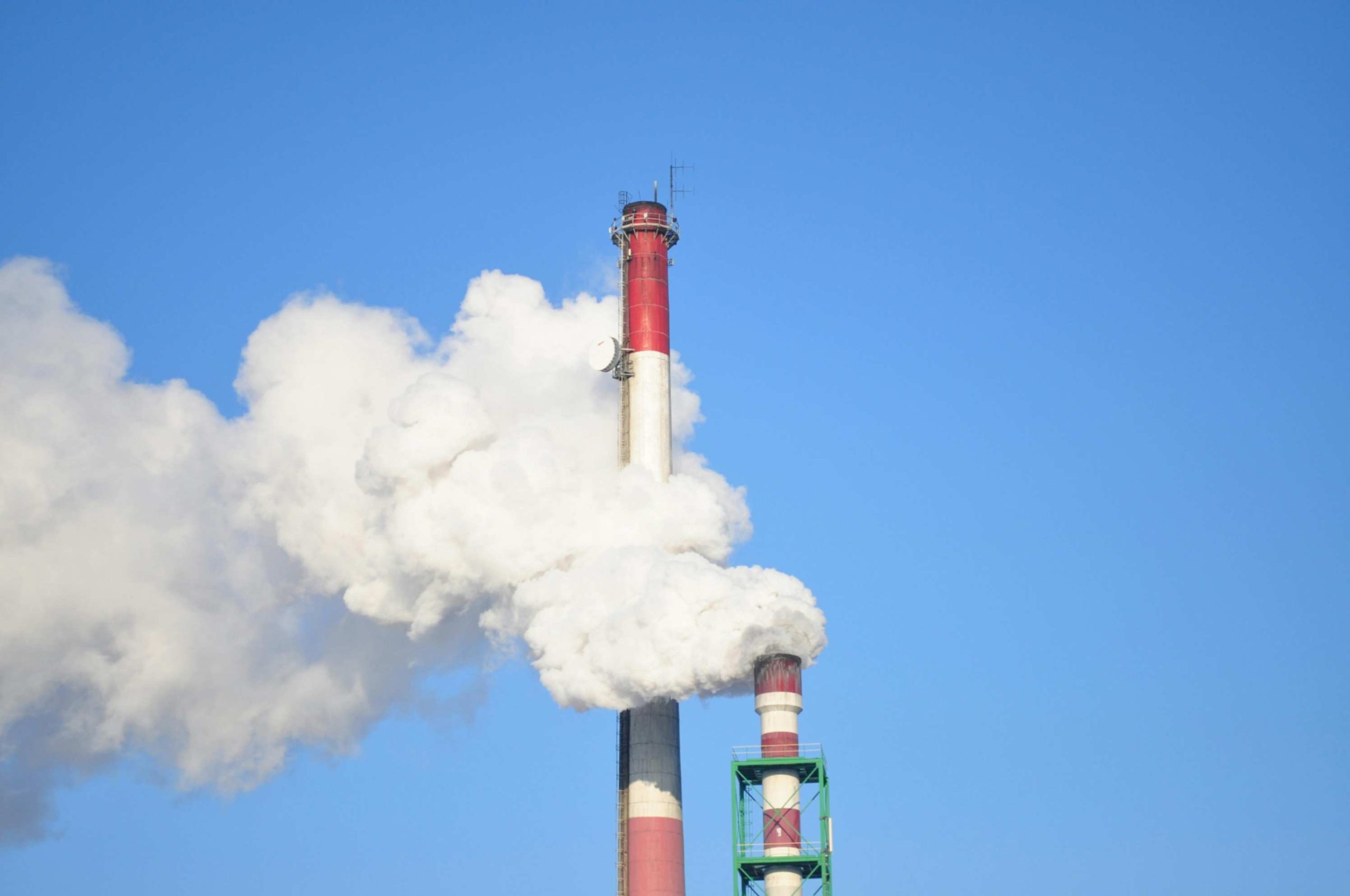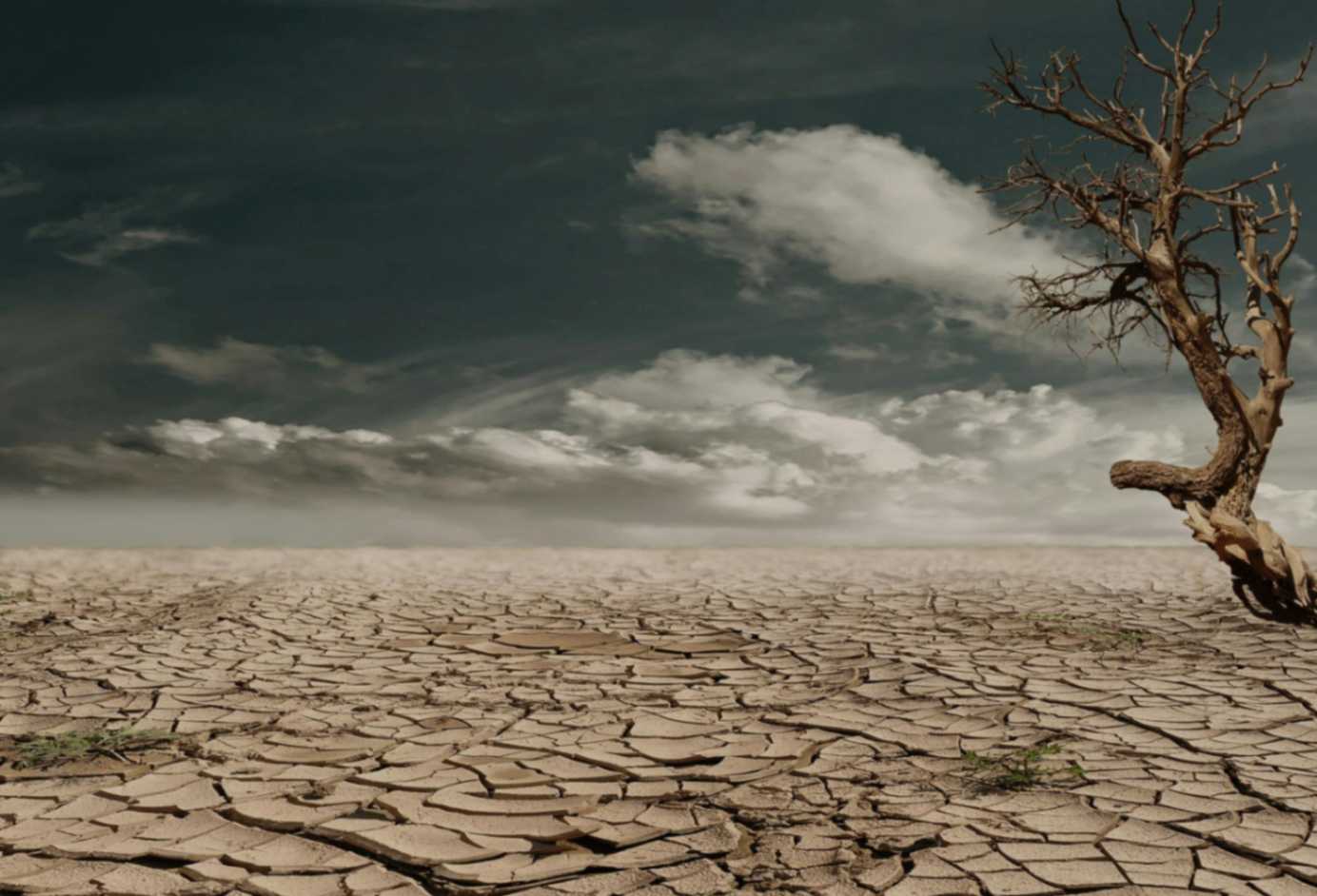Climate Change in Pakistan: A Call for Action and Adaptation
Pakistan, a country with diverse landscapes ranging from mountains to coastlines, is confronted with an existential threat from climate change. The impacts of climate change in Pakistan are profound and far-reaching, affecting millions of lives and the very fabric of society. The recent floods of 2022 serve as a stark reminder of Pakistan’s vulnerability to extreme weather events, which have been worsened by climate change.”
The country’s topography and climatic conditions make it susceptible to a variety of natural disasters, including cyclones, floods, droughts, intense rainfall, and earthquakes. The melting of glaciers in the Himalayas, a direct consequence of global warming, poses a significant risk to the water supply for the rivers that are the lifeline of Pakistan’s agriculture and energy sectors.

Pakistan’s greenhouse gas (GHG) emissions are less than 1% of the global total, yet the nation is among the top five countries affected by climate-induced disasters. This highlights a stark disparity: those who contribute least to the problem are often the ones who suffer the most. The agricultural sector, which employs a large portion of the population, emits a significant portion of GHGs, mainly methane and nitrous oxide, due to livestock and fertilizer use. Energy production, reliant on burning fossil fuels, also contributes to the nation’s carbon footprint.
You may also like: Monsoon Season in Pakistan: A Comprehensive Guide
The economic toll of climate change is staggering. The World Bank estimates that by 2050, climate-related events, environmental degradation, and air pollution could reduce Pakistan’s GDP by 18 to 20%, severely hindering economic development and efforts to reduce poverty. The floods of 2022 alone caused over $30 billion in damages and economic losses, impacting over 30 million people.

To combat these challenges, Pakistan must make significant investments in climate resilience. This includes transitioning to climate-smart agriculture, improving water management, and developing urban infrastructure that can withstand extreme weather events. The World Bank’s Country Climate and Development Report for Pakistan recommends five priority transitions, including transforming the agri-food system and building resilient and livable cities.
The government has taken steps towards addressing climate change, such as to halt the issuance of permits for new coal-fired power stations. However, more comprehensive and immediate actions are required. Investments in renewable energy sources like solar, wind, and hydropower are essential to reduce reliance on fossil fuels and the associated import bill.

Pakistan’s struggle with climate change epitomizes a worldwide challenge. It highlights the necessity for global collaboration and assistance to enable susceptible nations to adapt to and counteract climate change impacts. Urgent and united action is imperative, integrating efforts at local, national, and international levels.
For Pakistan, turning concern into action is not just a policy choice; it is necessary for survival and a step towards a sustainable future for its people and the environment. The scars of climate change are evident, and the path to healing them lies in resilience, adaptation, and a steadfast commitment to a greener, more sustainable path forward.














Leave a Reply